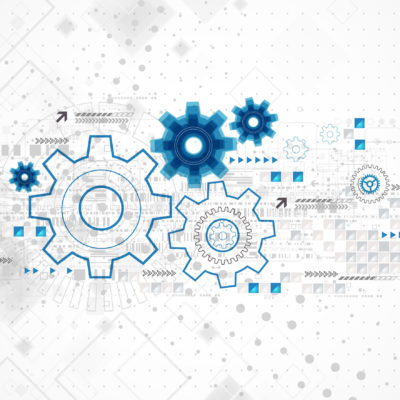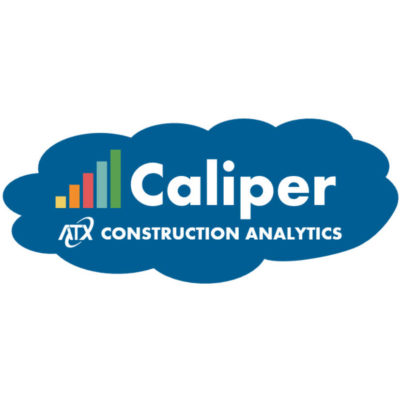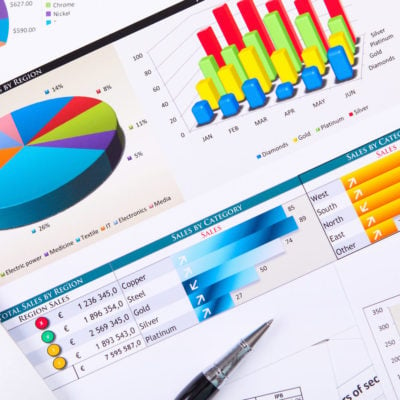The selection of Greenhouse Gas Reduction Fund (GGRF) recipients in April 2024 has unleashed a new wave of climate financing activity in the CDFI industry. The excitement around climate finance has never been higher and with billions of dollars awarded to organizations and coalitions across the nation, this influx of capital is unprecedented for many of the selected recipients. In the coming months, these organizations are faced with the challenge of transforming processes, policies, and lending products to meet the requirements of this landmark fund. Each of the three programs capitalized by GGRF takes a different approach to facilitating widespread climate lending:
- National Clean Investment Fund (NCIF)
- Establishes three national clean financing institutions to deliver financing for clean technology projects
- Clean Communities Investment Accelerator (CCIA)
- Establishes five hubs to provide funding and technical assistance to community lenders to deploy clean technology projects in low income and disadvantaged communities
- Solar for All (SFA)
- Provides funding to sixty applicants nationwide to capitalize residential and residential-serving community solar projects through new or existing low income solar programs
Lending into the unknown is something that CDFIs have always embraced, taking the lead on creating innovative products that maximize impact. GGRF presents a catalytic opportunity to fund climate focused projects in communities large and small across the country with a high priority focus on equity impact alongside environmental change.
Technology will play a large role in enabling the successful deployment and tracking of GGRF dollars. For organizations who have neglected or fallen behind in their digital transformation, the time to act is now. Before funding flows, organizations should have a clear strategy for their use of technology and how they will leverage their systems and data to manage GGRF programs. There are several key needs around the GGRF program that make technology especially critical for success.
Robust Data Collection
CDFIs and other mission focused lenders are familiar with the level of data collection that can come with federal funding, what is unique to GGRF is that nature of the data collected may be entirely new for many organizations and therefore require modification to existing systems or lending processes.
Recipients of the GGRF award will be required to track their direct lending activity as well as subrecipients and projects for reporting and auditing purposes. Many of the environmental impact data points and measures required may be new to the organization especially those who are just entering the climate finance space. Beyond required data collection, recipients may also have internal measures they would like to track to evaluate program efficacy and steer the direction of future green investments. Determining a data strategy for storage of each key data point and creating clear definitions for key metrics will be critical to facilitating future analysis of the lending and impact activity. Standardization of impact data collection between recipients, subrecipients, and borrowers will be necessary to streamline the tracking of actual progress against work plan goals. CDFIs are accustomed to mapping investments to qualifying census tracts for other funding programs like CDFI FA, ERP, and CMF. However, GGRF introduces an alternative geographic definition for a low-income and disadvantaged community (LIDAC) that must be monitored to ensure qualified projects are in these areas. This requirement is especially critical for the SFA and CCIA programs where 100% of investments must occur in LIDACs.
Program funds are also expected to be subject to national policy requirements, most notably the Build America, Buy America Act (BABA) and Davis-Bacon and Related Acts (DBRA). The federal restrictions and data collection mandated to maintain compliance with these acts at the project level will be new to many organizations participating in the GGRF programs. Documentation related to these acts will be an additional consideration for monitoring qualifying projects and will likely add administrative lift for the staff of selected recipients.
Compliance Reporting Capabilities
CDFIs and mission focused lenders are already subject to a heavy reporting burden between funders, government entities, and internal stakeholders. The EPA’s implementation framework for GGRF indicates there will be substantial reporting required for organizations who have been awarded funding. The specific requirements will be outlined in the award agreements; however the critical need will be the same for all organizations.
The addition of GGRF-specific reporting may not come as a surprise but should serve as an opportunity to evaluate the organization’s reporting and analytical capabilities. Many organizations rely on manual aggregation of data via Excel to generate compliance reporting for funders, financial reporting, and annual impact metrics. They have to dedicate extensive staff resources to the compilation of these reports.
However, through the use of data warehousing and business intelligence tools like Power BI and Tableau, organizations can establish repeatable automated processes to produce reporting. By deploying a data warehouse approach, organizations can leverage their existing systems to store and process key data points while using a warehouse to collect and store external data without the need to migrate or implement a new software solution for all lending activities. The data warehouse can be used to aggregate data across multiple platforms eliminating the need to collect all program data in one place. Layering a BI tool on top of this data warehouse, organizations can create templatized dashboards and reports for GGRF and other lending programs or compliance reporting. This approach also allows for maximum flexibility to adapt as program requirements continue to evolve. Automated reports can also be leveraged to free up needed capacity of staff as the organization scales with the influx of funding.
Increased Process Efficiency
To deploy these large awards, organizations will need to scrutinize and adapt lending processes to maximize efficiency from origination to portfolio management. Whether this means centralizing task management into a system, adopting a borrower portal for easy upload of required documents direct from borrowers, or implementing a CRM to track all communications and activity related to projects. Each lender will need to spend time reflecting on their current tech infrastructure to determine the areas where there are opportunities for improvement and put plans in place to fill those gaps ahead of the program launch.
Regardless of if your organization is choosing to participate in GGRF the fact remains that growth in the industry is high and CDFIs continue to prove that they are effective tools for mobilizing capital for change across numerous sectors. Additional funding opportunities are likely to come from the industry’s exposure during this time. To be prepared to take full advantage, CDFIs and mission focused lenders must take time now to invest in their own IT infrastructure by assessing current gaps, developing a sustainable IT strategy, identifying any system needs, and improving reporting and analytics capabilities.
If you are interested in finding out how to make your organization's GGRF program successful and want to develop a well-formulated IT strategy - I'd be happy to discuss.
 Author: Paige Stolen
Author: Paige Stolen
Additional GGRF information:
https://www.epa.gov/greenhouse-gas-reduction-fund/about-greenhouse-gas-reduction-fund
https://www.epa.gov/system/files/documents/2023-04/GGRF%20Implementation%20Framework_730am.pdf




